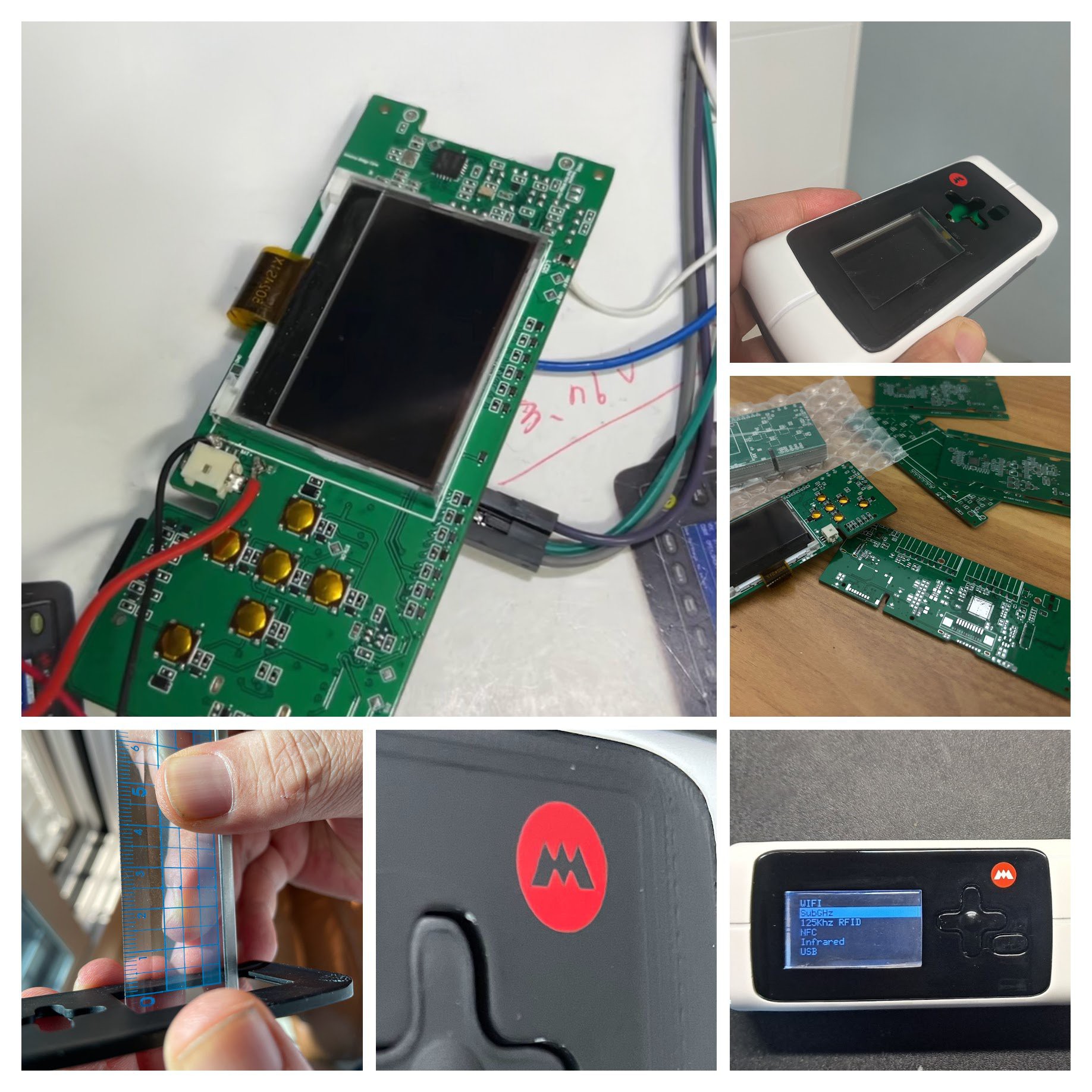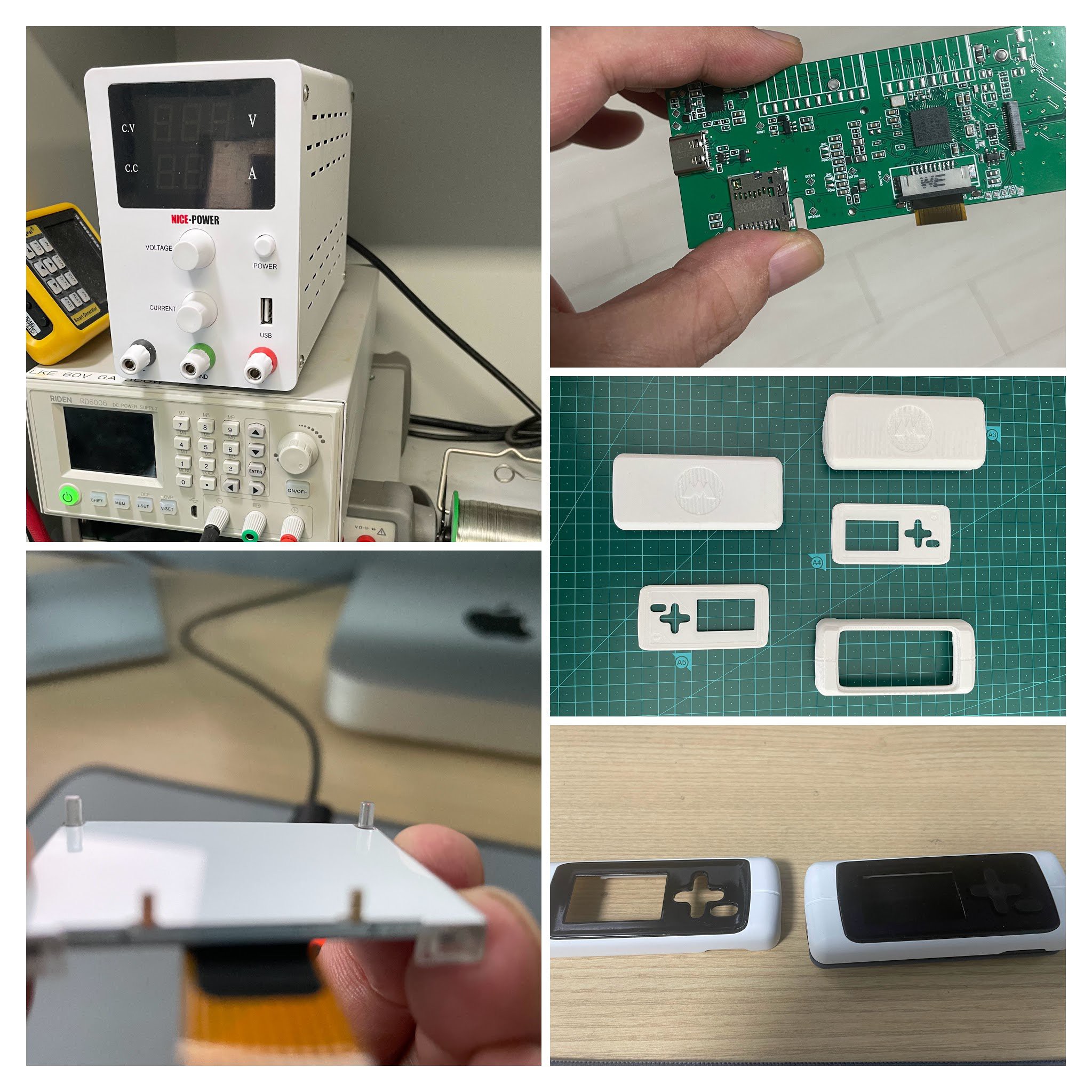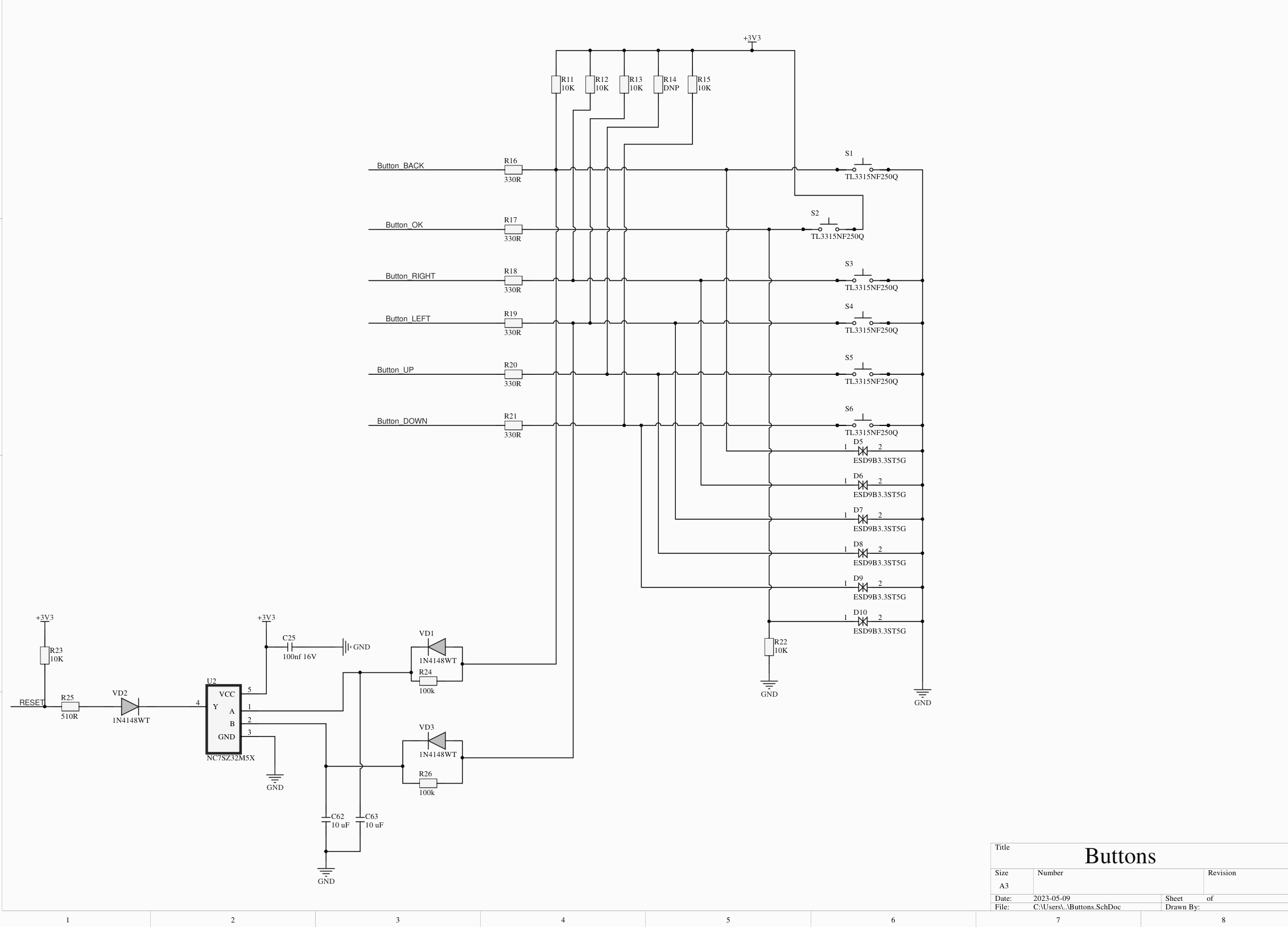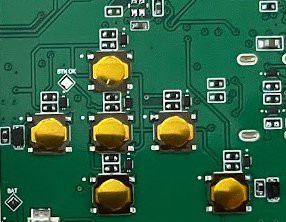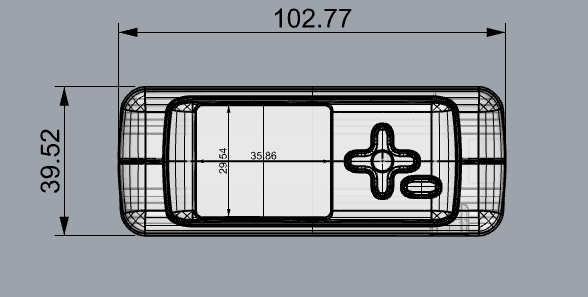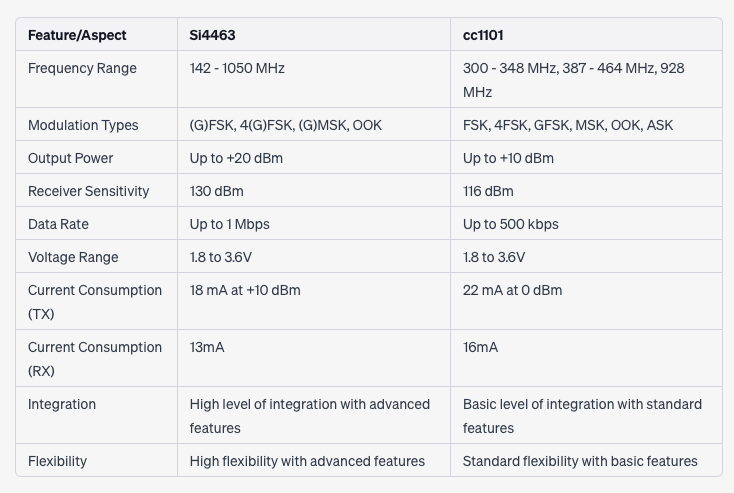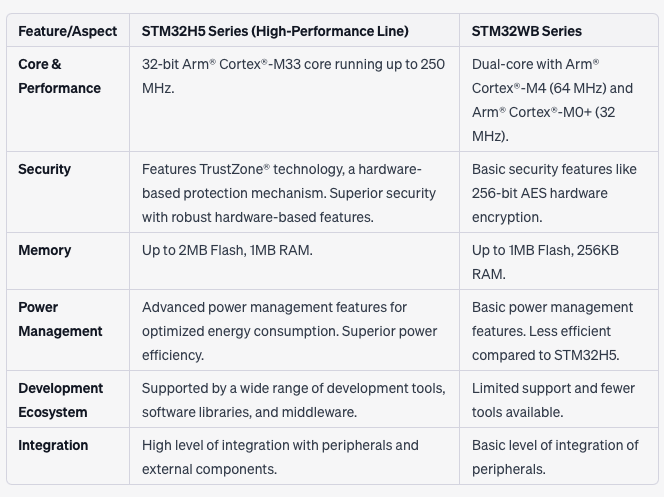-
Schematics
07/10/2024 at 17:26 • 2 commentsWe've had quite a few requests to share final schematics. Let's start with H series.
![]()
-
Preview of Tabletop Video
05/30/2024 at 18:46 • 0 comments -
Snapshots
05/29/2024 at 04:40 • 0 comments![]()
![]()
-
Go Ahead, Push My Buttons
02/16/2024 at 11:16 • 3 comments![]()
![]()
Screen test video that was requested by one of our backers. Beta prototype of the M1.
-
Dress for Success
02/14/2024 at 05:31 • 0 comments![]()
![]()
![]()
Initial stages of the enclosure design process.
-
Fully Funded on Kickstarter!!
02/10/2024 at 16:46 • 0 comments![]()
We’re so thankful to the community. Our kickstarter campaign is off to a great start, and we couldn’t have done it without your support. -
Now on Kickstarter!!
02/06/2024 at 21:55 • 0 comments![]()
Now on Kickstarter!!
Hello everyone, we're thrilled to share that the M1 has just launched on Kickstarter. Our team has put our hearts and souls into this project, and we would be truly grateful for your support. By backing us, you’ll be giving us a chance to bring this project to life. We’d like to offer you exclusive early-bird prices and invite you to become a part of our growing community. We sincerely appreciate any support in spreading the word about our Kickstarter campaign on social media, forums, and with your friends. Your support means the world to us – thank you so much for your consideration.
-
Paint the Town Infrared
10/25/2023 at 09:59 • 1 commentWhen it came to infrared, we had a few basic criteria:
- handle a wide range of IR protocols and frequencies, given the diverse range of devices the M1 might interact with.
- ensure reliable communication over varying distances and in different environments (a highly sensitive IR receiver would be beneficial).
- filter out and reject interference from other electronic devices or sources of noise is crucial for reliable communication.
![]()
So, we looked at the Vishay IR Receiver Modules. Specifically the tsop753 and its sensitivity around the 38kHz band-pass center frequency. This was necessary to guarantee that our device's IR transmitter is in harmony with the TSOP753's reception capabilities. A cool thing about the TSOP753 is its improved immunity against ambient light. It also has a low profile of 2.35mm, which helps with a compact device like ours. It’s reliable and widely available. If it ain’t broke, don’t fix it.
Working with IR receivers and components, here's what we further considered:
- pay close attention to the modulation frequencies of IR signals; they're crucial for accurate signal detection.
- factor in the duty cycle because it directly influences signal clarity and how the receiver interprets it.
- Familiarization with the unique sequence of pulses and spaces for each IR protocol, ensuring our system interprets commands correctly.
- Pay mind to protocol-specific starting or ending sequences, as they help in distinguishing signals.
-
Mind the Gap - Sub-1 GHz
10/22/2023 at 06:02 • 0 commentsCrucial to devices such as ours is the Sub-1 GHz transceiver. We definitely wanted to employ a transceiver that is capable throughout a wide range of frequencies. (Refer to Frequency Range in chart below). The Si4463 transceiver boasts optimal sensitivity, allowing it to discern even very faint signals. Additionally, its robust power output ensures extended range communication capabilities. And it’s nice to have data rates up to 1 megabyte per second as opposed to only 500 kilobytes per second.
![]()
-
Need for Speed - Our Choice of MCU
10/21/2023 at 05:58 • 0 commentsAfter extensive testing of various microcontroller units, we narrowed it down to two contenders.
![]()
We liked the Bluetooth capabilities of the STM32WB, but were underwhelmed by its overall performance. Besides, Bluetooth was already integrated in our wireless components. In the end, the H series of MCUs from STM microcontrollers was the only way to fly.
Beyond sheer performance, we chose the STM32H5 series over the STM32WB series for its enhanced security features. The STM32H5 offers a robust suite of security capabilities including hardware side security. Moreover, the STM32H5's ability to securely store cryptographic keys was something we hoped we could integrate, especially when considering applications like Two-Factor Authentication (2FA), where the integrity and confidentiality of stored keys are paramount.
M1: A Multi-tool for Pentesting & Hackers
The age of hacker multi-tools has arrived.
 Monstatek
Monstatek
